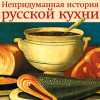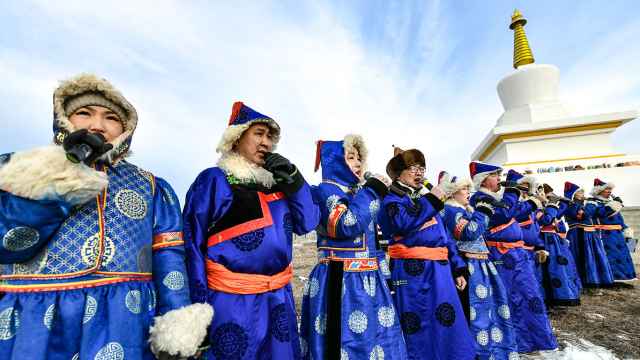Do you think you know everything there is to know about pancakes and blinis? Well, think again; here’s something you might not have heard of. No one knows if Stepan Bandera liked this dish, but today its effect on Putin's patriots in Russia is like garlic on vampires.
Russian propaganda is a fantasy world with fairy-tale victories, villains and horrors that have no connection to reality, and evil conspiracies. You might laugh, but even cuisine has a role to play. Remember the furious battle against Ukrainian borscht and its inclusion in UNESCO's list of intangible cultural heritage?
Igor Prokopenko, a presenter on the REN-TV channel — distinguished even among other Russian propagandists for his unbridled imagination — once wrote that “Ukrainian restaurants serve dishes called ‘Enemy Combatant Liver’ and ‘Blood of Russian Babies’ compote. There is also a dish named after Stepan Bandera, called “banderiki.”
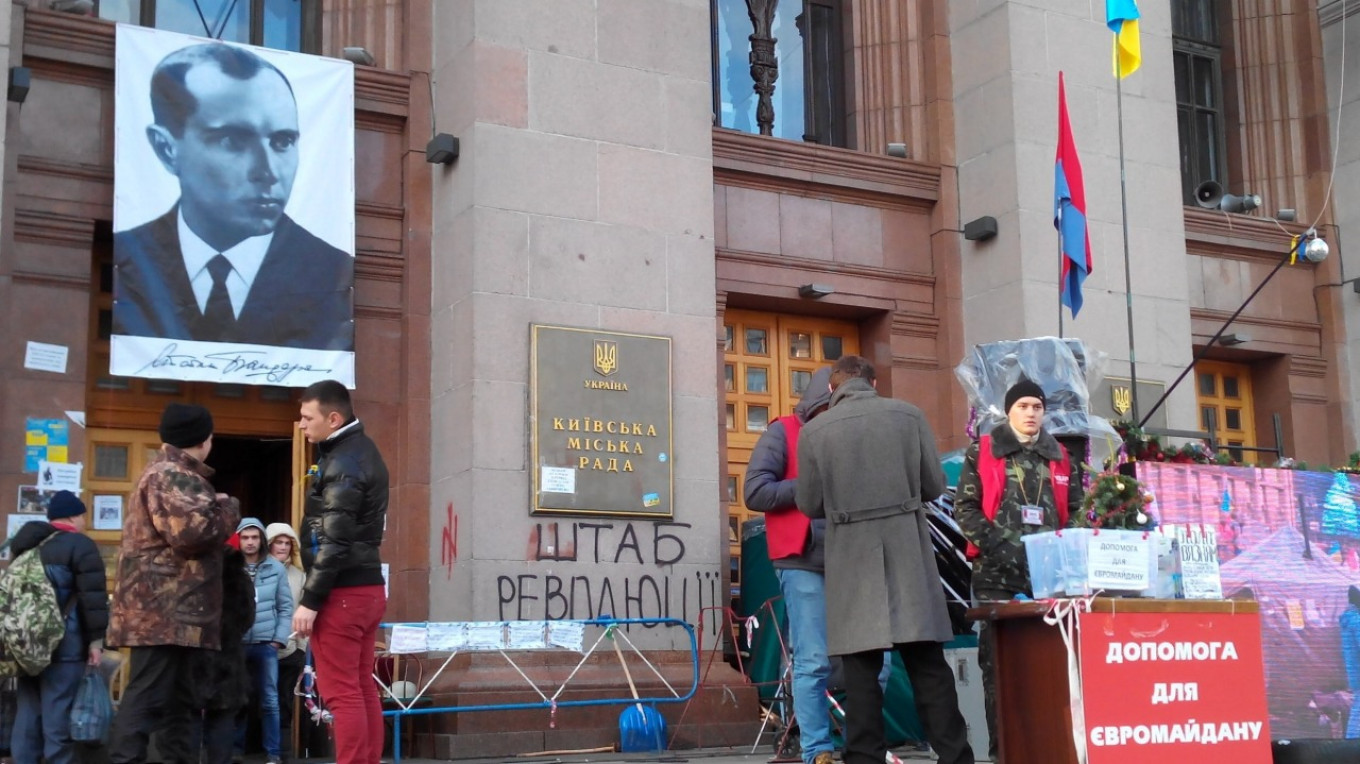
Stepan Bandera was the leader of the nationalist movement in Western Ukraine in the 1930s and 1940s. Today he is the bane of the “Russian World.” They even call the Ukrainian government the “Bandera regime” and just as they call everyone who speaks Ukrainian and supports the territorial integrity of Ukraine “fascists,” “Nazis,” and “Banderites.”
It's no wonder that propagandists are terrified of little minced meat blinis.
Meanwhile, before the annexation of Crimea, this dish was served without any fuss in Moscow restaurants. For example, back in 2014, the newspaper Kommersant reviewed the Moscow's restaurant scene and noted: “There is also a dish traditional to the cuisine of Western Ukraine: crepes with filling rolled in a special way and fried. They are called ‘benderiki.’ Here they are prepared with pike perch and chicken.”
Actually, the name Ostap Bender, the loveable conman in the famous Ilf and Petrov novels “The Twelve Chairs” and “The Golden Calf,” is much more appropriate for these specially shapped filled blinis. But for Russian patriotic bots, there is no difference between Bandera and Bender. It's too complicated for them.

To be honest, there actually is cause for "patriots" to be suspicious of the literary hero created by Soviet writers Ilya Ilf and Yevgeny Petrov. Bender called himself the son of a “Turkish subject.” Turkey does not recognize Crimea as Russian and is helping Ukraine with weapons.
And the novel itself, with its satire of Soviet life, also fits poorly into the Russian leadership's style today. We do not rule out that some day Ilf and Petrov will be banned along with Vladimir Sorokin and Boris Akunin — especially since on closer inspection, Ilf is not Ilf at all, but Yehiel Fainzilberg. In Russia, troglodyte anti-Semitism is an important part of the besieged fortress mind-set.
Remember the Black Hundred stories about how Jews made matzos out of the blood of Christian babies? Over the past century, these ideas are still popular among lovers of the “strong hand.”
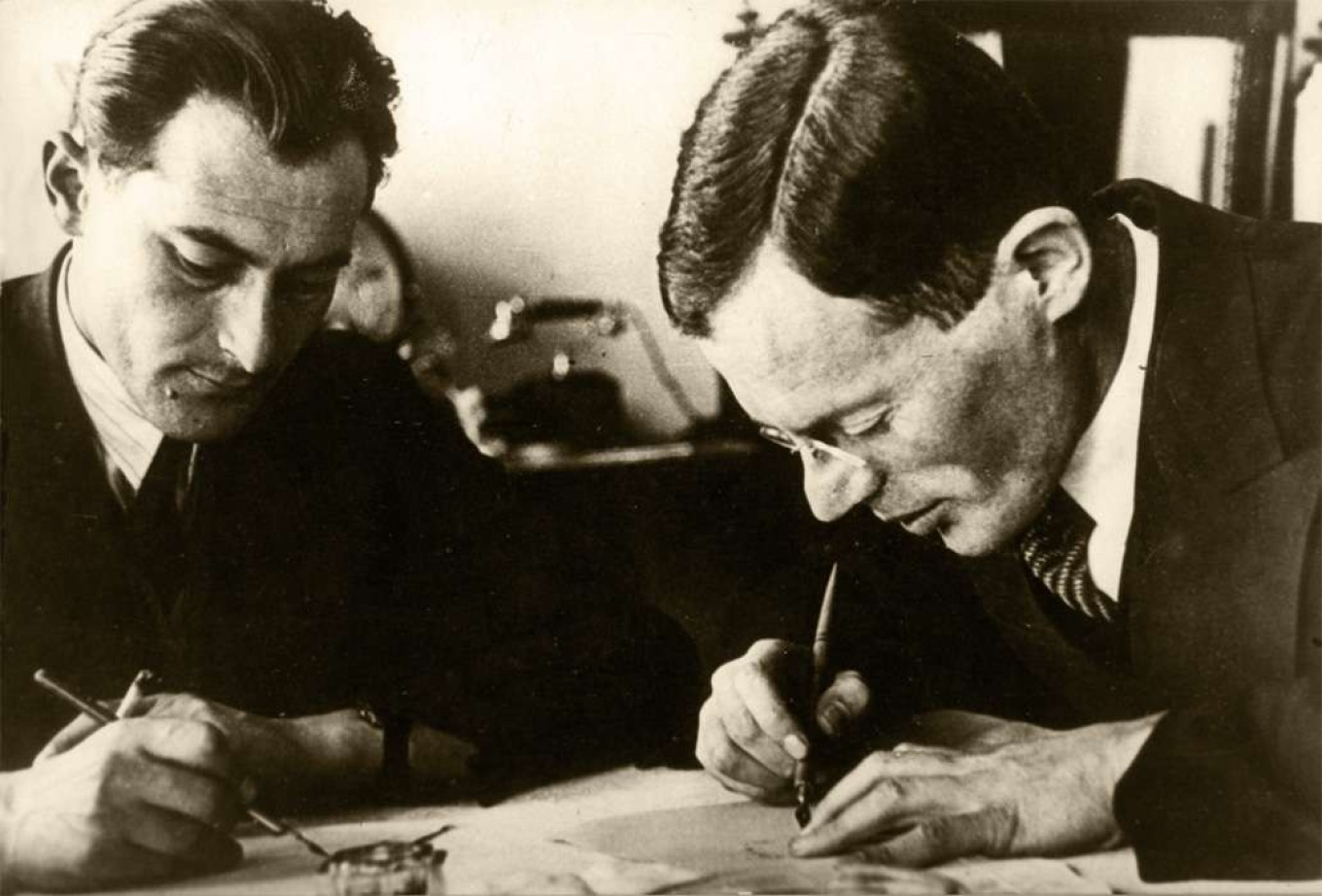
There is, incidentally, another aspect to the Turkish national identity that is not widely known to the general public. In Tsarist Russia, anyone could be classified as a “Turkish subject” — Turks, Armenians, Greeks, Crimean Tatars, Jews... It was more convenient for many Jews to obtain Turkish citizenship for a small fee than to remain within the “Pale of Settlement” where they were deprived of many rights (but not of the honorable duty of being called up for military service).
The “Pale of Settlement” was a border introduced under Catherine II in 1791. Jews were prohibited from living outside its border in the Russian Empire. It covered small towns (“mestechki”) in Poland, Lithuania, Belarus, and, until 1887, in the Don Cossack Region, Vitebsk Province, and parts of modern Ukraine and Moldova (Bessarabia).
There was another advantage to being a Turkish subject. At the end of the 19th and beginning of the 20th centuries, Palestine was part of Turkey, and Turkish citizenship gave a person the the right to settle there in old age. So Ostap Bender's father most likely lived out his life in Palestine, not Turkey.
In any case, Ostap Bender’s nationality must have been clearly suspicious to today’s Black Hundreds, who have decided that their time has come in Putin's Russia.
But there is another possibility for the origin of benderiki: the Moldovan city of Bendery. Bessarabia, which was part of the Russian Empire, is considered the historical homeland of the Bendery people.

Later, from 1918 to 1940, the western part of the region together with the mouth of the Danube, belonged to Romania and was annexed to the USSR before the war.
But let's leave linguistic and political disputes aside and get down to cooking. Benderiki differ from ordinary meat-filled blinis in that the minced meat in them is raw, not pre-cooked. Cooks usually use beef or chicken with a small amount of onion. Just be sure not to use the minced meat remaining from meat patties: minced meat with bread is a disaster here.
Benderiki
For 20 servings
Ingredients
- 300 g (2 1/3 c) flour
- 700 ml (3 c) milk: 600 ml (2 ½ c) for the dough, 100 ml (scant ½ c) for the batter if using
- 1 tablespoon vegetable oil
- 3 eggs (2 for cblinis, 1 for batter if using)
- 1 1/2 Tbsp sugar
- 1/2 teaspoon baking soda
- 600 g (1 1/3 lb) minced meat
- 1 onion
- 2 cloves garlic
- 1-2 tablespoons clarified butter for frying benderiki
- salt
Instructions
- In a deep bowl, beat two eggs with sugar and salt. Add 2 ½ c milk, stir, and add flour and baking soda. Beat everything again until smooth and then add vegetable oil at the end.
- Fry thin blinis on both sides in a frying pan in the usual way. Grease the pan with vegetable oil for the first pancake, then fry the rest in a dry pan. Stack all the pancakes and then cut them in half.
- For the filling, combine the minced meat with finely grated garlic and onion, add salt and ground pepper to taste. Mix well.
- Cut the pancake in half. Then spread a thin layer of meat filling on each half of the pancake. Take one half circle and imagine a line down the middle from the straight side to the curved bottom. Fold the sides so that the edges join together at the middle line, making a broad triangle with a curved bottom; you’ll see some of the minced meat along the bottom. Then fold it in half again along the middle line to make a small triangle with all the meat filling hidden inside. Repeat this process with all the pancakes. At this stage you can freeze the pancakes and use them as needed.
- Heat the melted butter in a frying pan and place the pancakes in it. Cover with a lid and fry for 2-3 minutes over medium heat. Then flip them over and fry for another 2 minutes without covering. Serve hot or cold.
- If you wish, you can fry them in batter. Whisk 1 egg and 2 tablespoons of milk, add a pinch of sugar and salt. Dip each pancake into the batter and place on a frying pan heated with melted butter. Cook in the same way as the pancakes without batter.
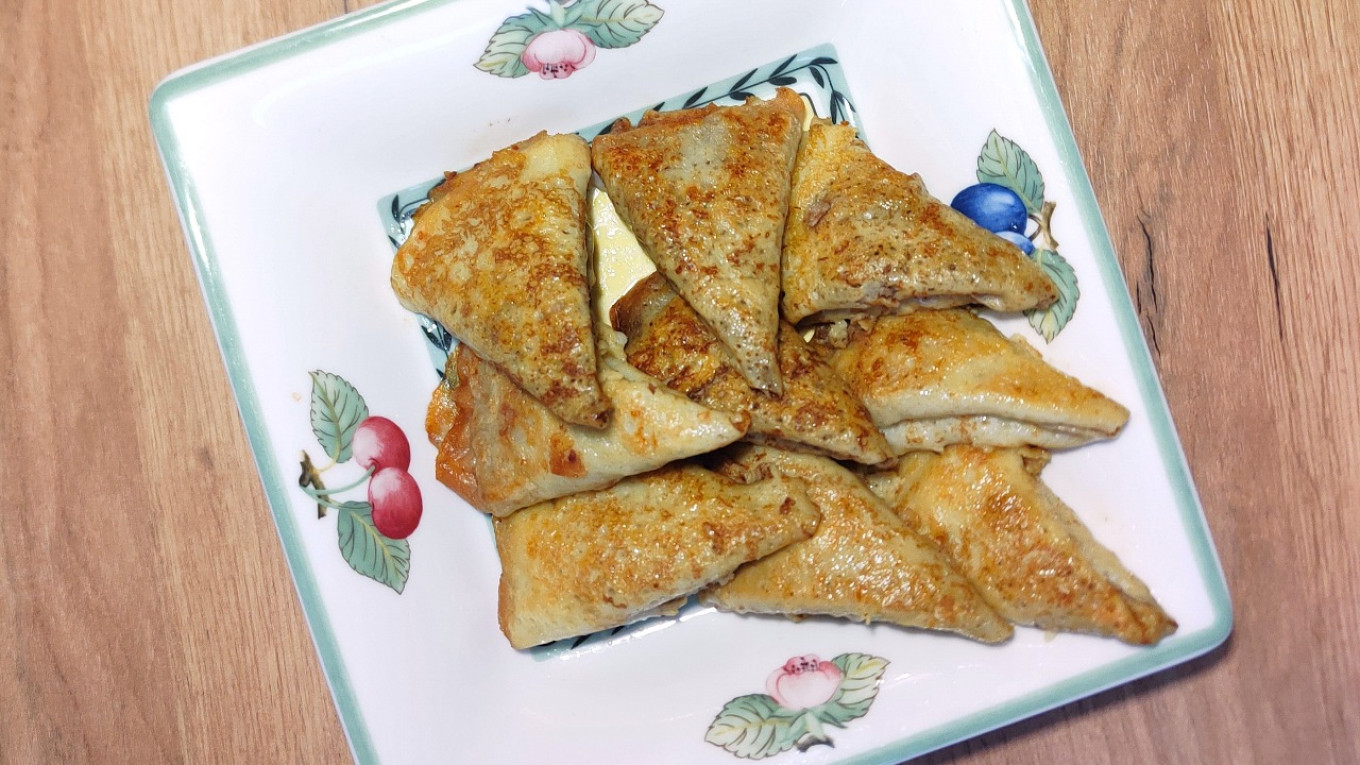
A Message from The Moscow Times:
Dear readers,
We are facing unprecedented challenges. Russia's Prosecutor General's Office has designated The Moscow Times as an "undesirable" organization, criminalizing our work and putting our staff at risk of prosecution. This follows our earlier unjust labeling as a "foreign agent."
These actions are direct attempts to silence independent journalism in Russia. The authorities claim our work "discredits the decisions of the Russian leadership." We see things differently: we strive to provide accurate, unbiased reporting on Russia.
We, the journalists of The Moscow Times, refuse to be silenced. But to continue our work, we need your help.
Your support, no matter how small, makes a world of difference. If you can, please support us monthly starting from just $2. It's quick to set up, and every contribution makes a significant impact.
By supporting The Moscow Times, you're defending open, independent journalism in the face of repression. Thank you for standing with us.
Remind me later.

